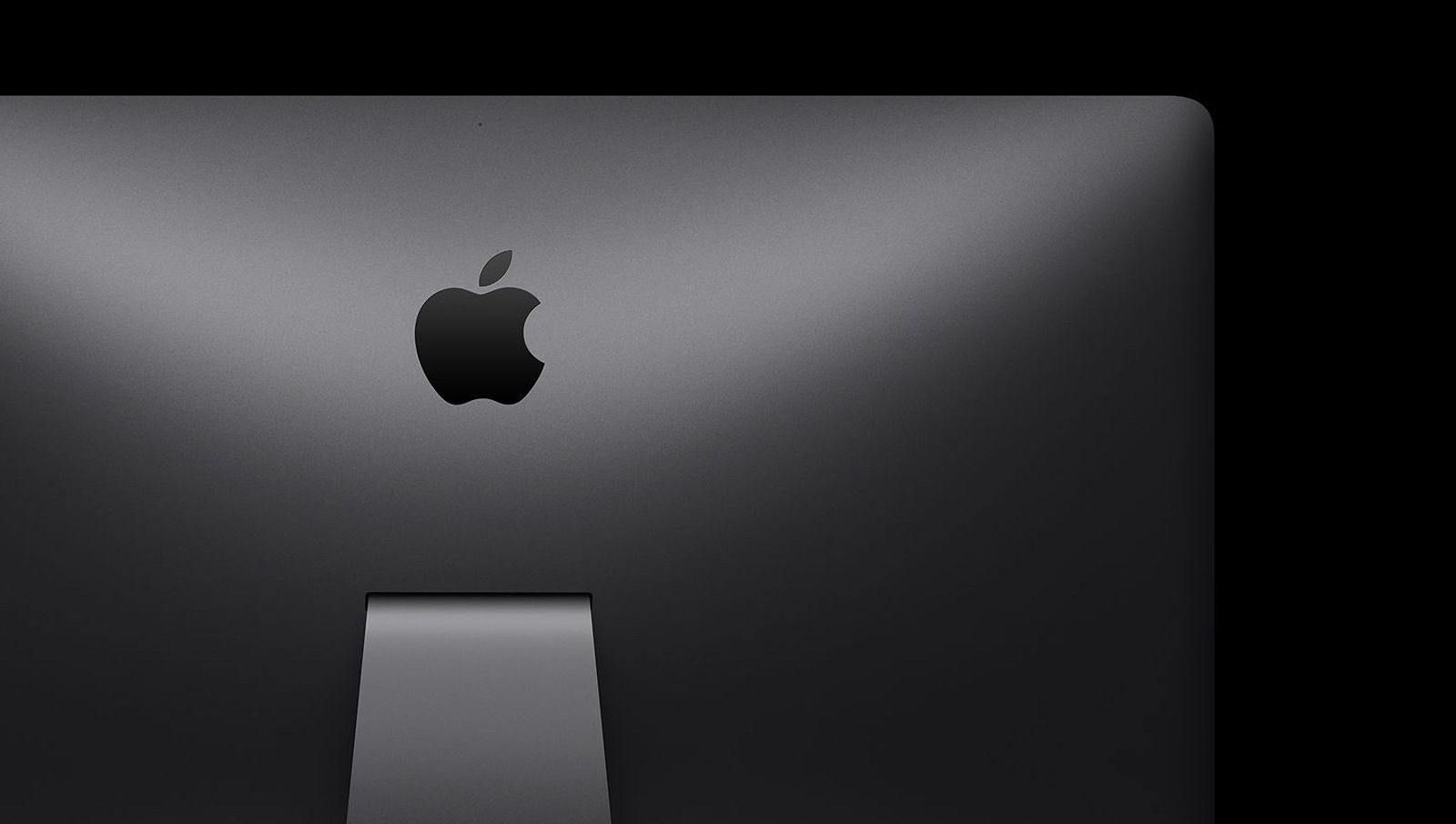1. The point is, they weren't dropped until a there was a system that could replace them. (The iMac Pro was dropped right after the transition began - it was a redundant system anyway after the new Intel iMacs were released in August just before the first M1 Mac was released.) Don't you think it's odd that only a little over a year into the transition they released an entire new line? A new line of systems makes no sense during a transition, unless they were created to replace something.
the iMac Pro got dropped closer to a year into the transition rather than "right after the transition began" ( March 2021)

Apple Confirms iMac Pro Will Be Discontinued When Supplies Run Out, Recommends 27-Inch iMac
Apple on late Friday evening added a "while supplies last" notice to its iMac Pro product page worldwide, and removed all upgrade options for the computer, leaving only the standard configuration available to order for now. We've since confirmed with Apple that when supplies run out, the iMac...
There was still a year to go before the Mac Studio would arrive. And Studio Display ( Apple had to keep the 27 5K production line going to get a viable transition over to the slightly tweaked new 5K displays for the Studio Display. )
The 2020 iMac made not sense? You are grossly reaching. The 2019, and previous, iMac 27" didn't have a T2 chip in them. It was odd that that Apple had not converted all of the Mac line up to T2 ( T --- probably 'transition' ) before making the Apple Silicon announcement. That system was late (for whatever reasons... Apple juggling other issues they thought were more important, pandemic , etc. ). [ Actually, it was a little odd in 2019 when the iMac 27" didn't get it. But then again they were still trying to wrangle the butterfly keyboard SNAFU so maybe it was 'too much' for them to do. ]
Pretty good chance that the plan back in 2018-2019 was to have that system launched by Spring 2020 and it just fell through the pandemic supply chain chaos cracks. In 2018, there was a decent Intel CPU ( Ice Lake) update for iMac Pro in late 2020 but it never arrived. It too probably would meant to be either differentiated from the mainstream iMac 5K or dropped by end of 2020 , but coasted into Spring 2021 just because they could get existing parts for an old system with suppliers just cranking out the same old stuff had been making for over 3 years. All Intel had was a cheaper W-2200 at approximately the same performance. Apple didn't really need a 'more affordable' iMac Pro as the mainstream 5K iMac was at 10 cores and a more modern GPU. It was already the more affordable option.
Pretty good chance that neither the iMac Pro nor the Mac Pro saw their best 'last gasp' Intel updates primarily because Intel completely blew up the time line with a grossly late and ill-fitting (for Macs) W-2000/3000 updates. That reinforced why Apple was making the transition.
Never did Apple say they were going to transition every single model in those two years, they specifically said range. From MacBook Air to MacBook Pro, from Mac mini to to iMac to Mac Pro. The iMac did transition, but only the 24" has made it (so far). Maybe they didn't think the M1 Pro/Max were worth redesigning the larger iMac for?
M1 Pro/Max didn't strictly need a redesigned chassis. The iMac Pro one would have worked just fine. The Mini,MBA,MBP 13" got no redesign chassis; so that was not necessary.
That connotation is really somewhat backwards. If the iMacs were gong to be turned into "iPad on a stick" then the M1 Pro/Max (even Ultra) were problems. The M1 Pro would have backslided on several metrics ( RAM capacity , GPU performance range ) and the Ultra would have been a tight fit thermally at lower noise levels.
Maybe they wanted to sell more $1799 Studio Displays? Who knows, but the lack of a 27" iMac model in no way indicates that the Mac Pro will not be updated.
It is indicative though that Apple isn't going to be dogma committed to keeping the exact same internal form factors. The notion that Apple is going to get 'modular everything' or the '100% exact same modularity' is displaced by what they did on the iMac. The iMac made a bit of a modularity 'swap' RAM DIMMs for screen. There is pretty good chance the next Mac Pro will also be making some 'swaps' on modularity.
3. And stop with the cannibalization crap especially across systems with different form factors. No one is going to buy an iMac if they need a laptop. And no one is going to a MacBook if they have no need for a laptop and want a larger screen. Furthermore, Apple couldn't care less if one Mac line ate into sales of another. I'm pretty sure the Mac mini and the MBA didn't decimate the 24" iMac market.
Some folks bought two Macs. One for the road and one for the home; in part because the 'on for the road' had performance and/or screen compromises. A MBP 14"/16" with a Studio Display (or XDR) doesn't really have either over vast majority of the Intel iMac line up. More performance and just as nice a screen. Apple doesn't make pure display displays. They make docking station Displays ( they all provide laptop host charging on one cable. Folks come home and plug their laptop into the display. Bingo! just as big as the Intel 27" iMac. Actually bigger if not using clamshell/mirror mode. )





